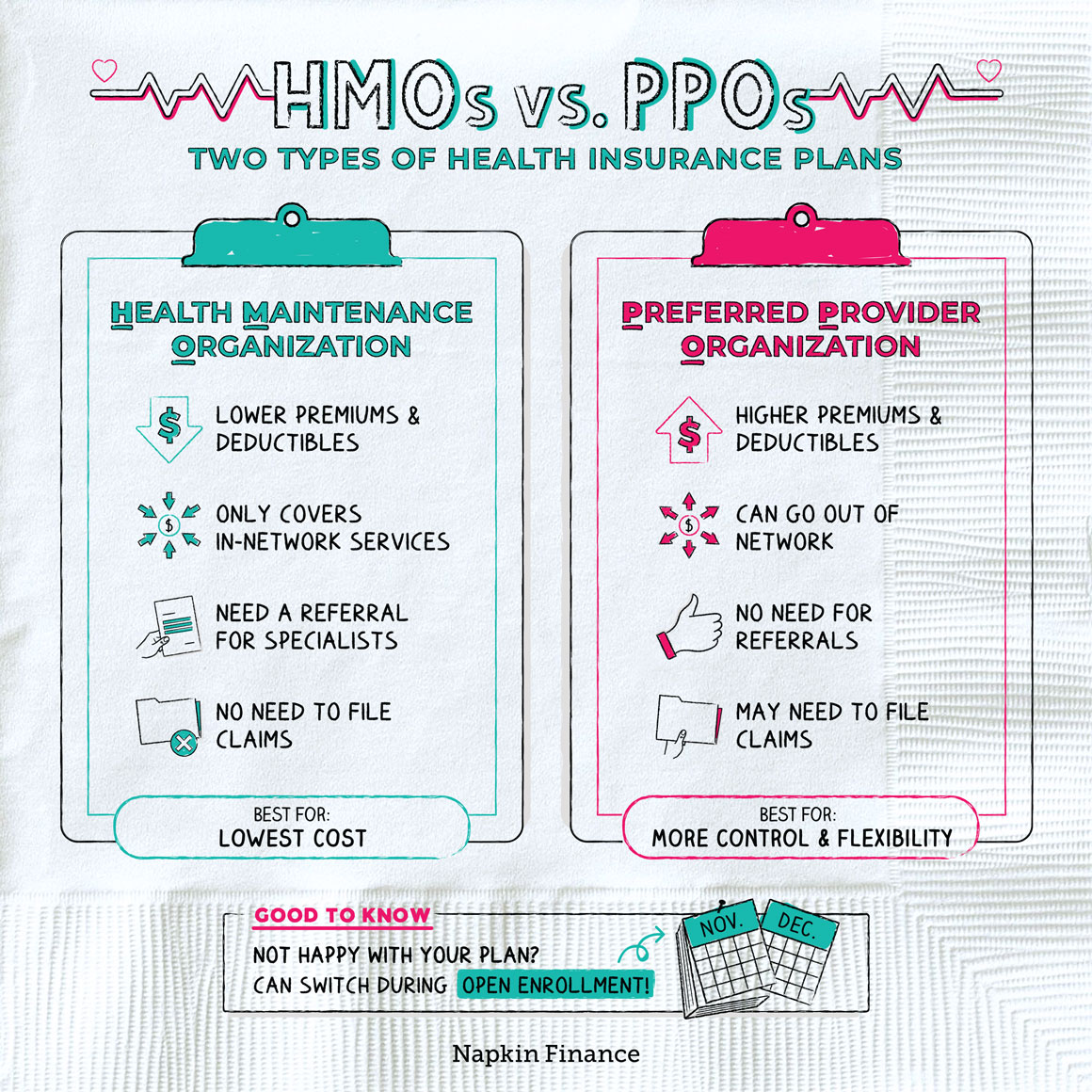
Many employers view health insurance as a critical component of their compensation. For the past 10 years, however, these benefits have been increasing in price. There are many reasons for this, including rising deductibles, higher prescription drug costs, and increased health system pricing. These trends are driving both the rise in premiums as well as depressing wages. Many employers are frustrated with increasing costs and administrative burdens. Some are looking for non-wage alternatives.
Wearable devices are being increasingly used by employers to support wellness programs. According to a survey, one fifth of employers now collect data on wearable devices. Although the main driver of the market for health insurance is price increases, employers are now looking at other payment options to keep their employees healthy.
According to the Congressional Budget Office the number of Americans who will continue to receive health care through their employer-sponsored plans will be the same 159 millions in ten years. It means that tax-preferential health insurance will not change. However, single coverage will cost more than 9.86% of household income in 2019.

Premiums do not include the cost associated with health insurance. They also include the cost of deductibles. About 25% of Americans have a deductible less than $2,000. The deductible for workers in the United States is approximately $2,000. Many businesses are now opting to be self-insured, which can reduce the overall cost of benefits. The self-insured policy saves money when there are fewer claims. However, if the claim is higher than expected, the employer has to pay extra.
The employee's age group determines the rate for small groups. Massachusetts is an example of this. Workers under 25 are paid $1186 per year and those over 25 get $6,896.
Larger employers can have greater control over their plan coverage. Large employers often offer biometric screenings to employees. They also offer a wellness program and encourage employees to visit lower-cost providers. Public sector employers can also customize their health plans to meet employees' needs.
The Affordable Care Act will shift employers with 51 to 100 employees into a merged health insurance market in 2016. These employers will see a rise in premiums of up to 9 percent. States are required to establish a rate each year. A $3,480 penalty is imposed on those who do not offer affordable plans.

Some small employers may need to make additional contributions in order to subsidize their employees' health insurance. Massachusetts employers are required by law to contribute $50 annually per employee.
Despite these requirements and the decline in employers offering insurance, it is not surprising that there are fewer of them. After a decade-long period of rapid increases in benefits costs, many small businesses are becoming frustrated at the uncontrollable high cost. While most employers do not see an increase in their health insurance rates, some find it difficult to retain staff.
The unemployment rate is low and this means that it is becoming more difficult to retain employees. Employers face this issue. Employers can be fined $2,320 per person if they fail to offer health insurance. Failure to comply with COBRA (a law that requires employers provide ongoing health care for their employees) can result in thousands of dollars in penalties.